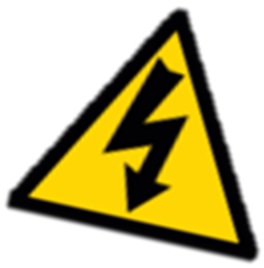The CE Marking Association invites company to become members of Association to give them support on a regular basis. Part of membership is to offer access to our technical inbox and when a question crops up that might be of interest to a wider audience, we like to publish them in our news section. Some of the details may have been altered for confidentiality reasons.
The Question
Can a company buy multiple CE marked units and keep them as spares. The issue is the Declarations may become out of date when they replace the item. An example product could be an electric actuator. Common sense says this should be allowed but I can not find any information within the Directives to support this.
Our Answer
You may find the EU Guidance notes ‘The Blue Guide’ helpful;
CE Marking applies when first placing the product on the market. As long as, then item has been placed / made available on the market, then in theory the item will be acceptable to use. A problem could arise where a customer may wish to use the spare part for incorporation into a NEW end product/assembly (instead of being used as a spare part for a like-for-like replacement on a product that has already been placed on the market).
If , however your question is referring to spare parts for incorporating into NEW end product, then the new end product would have to meet the Legislation that was applicable at the time the new end product was being placed on the market. If the Legislation does not change, then this should not be a problem, however should the Legislation change, then the manufacturer of the NEW end product would have to make sure that it complies with the new requirements and this would also including reviewing the components within the assembly. Using ‘OLD’ components in a ‘NEW’ end product could mean that the new product may not comply, obviously this will depend upon what has changed within the Legislation.
If you need any support with CE marking, then please contact us on 01564 792349.


 This scenario recently came to light during a visit to a manufacturer of wood-working machines, who were confident that their machines were safe, however their risk assessment was very light on risks that could have been associated with their equipment. For example, it did not document how they were confident that there was no potential risk of electric shock. The Technical Director of the company explained that they used a qualified electrician, who designed and built the machines in accordance with a standard, which gave them the confidence that the machines were safe. The electrically safety of their machines was not being challenged during this visit but, as none of their risk reduction measures had been documented, it did raise a question as to whether they could provide sufficient evidence to an enforcement authority if the electrical safety of their machines was raised 9 years later. Given that no one could remember which standard had been used, it was clear that they should improve their risk assessments.
This scenario recently came to light during a visit to a manufacturer of wood-working machines, who were confident that their machines were safe, however their risk assessment was very light on risks that could have been associated with their equipment. For example, it did not document how they were confident that there was no potential risk of electric shock. The Technical Director of the company explained that they used a qualified electrician, who designed and built the machines in accordance with a standard, which gave them the confidence that the machines were safe. The electrically safety of their machines was not being challenged during this visit but, as none of their risk reduction measures had been documented, it did raise a question as to whether they could provide sufficient evidence to an enforcement authority if the electrical safety of their machines was raised 9 years later. Given that no one could remember which standard had been used, it was clear that they should improve their risk assessments.







